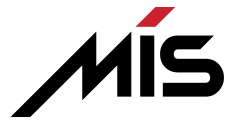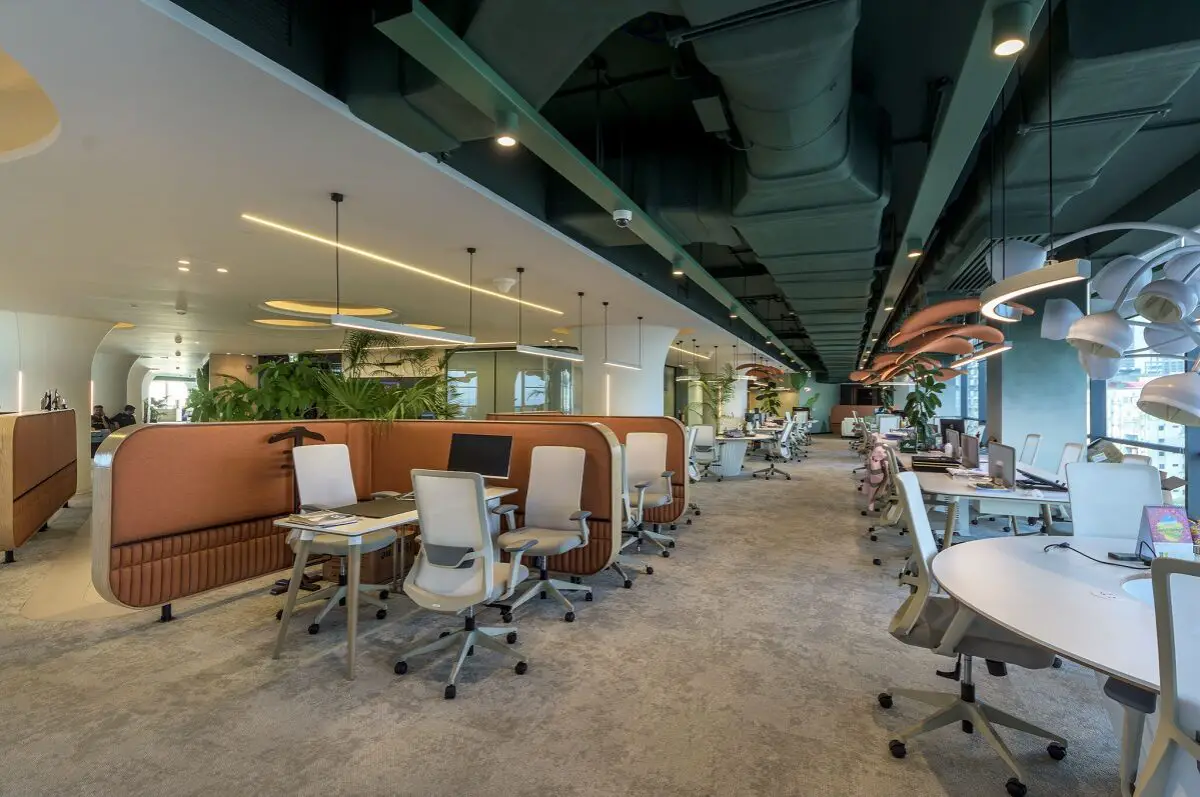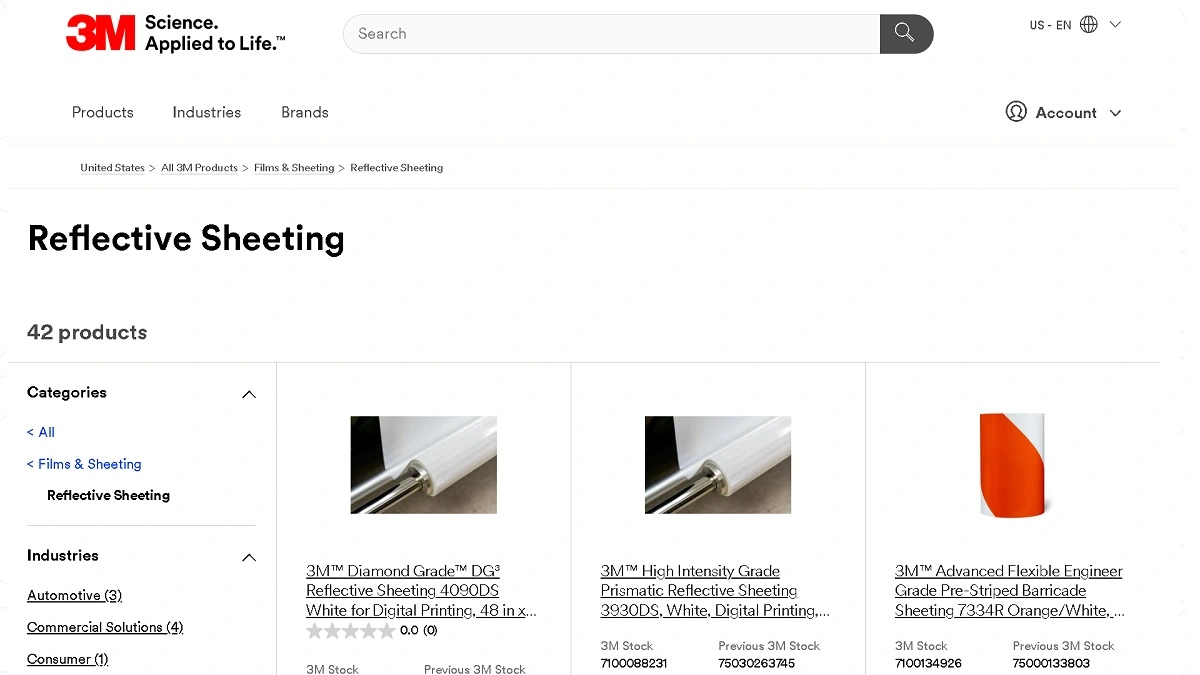Reflective sheeting is a vital component in various applications such as traffic signs, vehicle markings, safety gear, and more. 3M is a leading brand that offers high-quality reflective sheeting solutions that ensure safety, visibility, and durability. In this article, we will explore 3M’s reflective sheeting products, their features, applications, and benefits.
In this article, we will discuss:
- Introduction: What is Reflective Sheeting?
- The Science of Reflective Sheeting
- Types of Reflective Sheeting
- Microprismatic Reflective Sheeting
- Glass Bead Reflective Sheeting
- 3M’s Reflective Sheeting Products
- Diamond Grade DG³ Reflective Sheeting
- High-Intensity Prismatic Sheeting
- Engineer Grade Reflective Sheeting
- Applications of 3M’s Reflective Sheeting
- Traffic Safety
- Vehicle Markings
- Workzone Safety
- Personal Protective Equipment (PPE)
- Advantages of 3M’s Reflective Sheeting
- Visibility
- Durability
- Easy Application
- Frequently Asked Questions (FAQs)
- Conclusion
Introduction: What is Reflective Sheeting?
Reflective sheeting is a material that contains tiny glass beads or microprisms that reflect light. When light strikes the sheeting, it bounces off the reflective surface and returns to its source, making the sheeting appear bright and visible even in low-light conditions. Reflective sheeting is a popular material used in traffic signs, vehicle markings, and personal protective equipment to enhance visibility and safety.
The Science of Reflective Sheeting
The science behind reflective sheeting is based on the principles of retroreflection. Retroreflection is the process by which light is returned to its source direction by a reflective surface. Reflective sheeting works by reflecting light back to the driver’s eyes, making the sign or marking visible even in the dark. The angle of incidence of light and the angle of reflection are critical factors that affect the retroreflectivity of the sheeting.
Types of Reflective Sheeting
There are two main types of reflective sheeting: microprismatic and glass bead.
Microprismatic Reflective Sheeting
Microprismatic reflective sheeting is made of small prisms that are arranged in a uniform pattern. The prisms are designed to reflect light at a higher angle of incidence, making them more effective in low-light conditions. Microprismatic sheeting is also more durable than glass bead sheeting, making it an ideal choice for long-term outdoor applications.
Glass Bead Reflective Sheeting
Glass bead reflective sheeting contains thousands of tiny glass beads that are embedded on the surface of the sheeting. When light strikes the surface, it bounces off the beads and returns to the source direction, making the sheeting visible. Glass bead sheeting is less expensive than microprismatic sheeting and is commonly used in short-term outdoor applications.
3M’s Reflective Sheeting Products
3M is a leading manufacturer of reflective sheeting products that offer high-performance, durability, and visibility. 3M’s reflective sheeting products are designed to meet various applications and standards, including Federal and State specifications.
Diamond Grade DG³ Reflective Sheeting
Diamond Grade DG³ Reflective Sheeting is a microprismatic sheeting that offers superior brightness and visibility in both daytime and nighttime conditions. The sheeting is made of durable materials that resist cracking, peeling, and fading, ensuring long-term performance.
High-Intensity Prismatic Sheeting
High-Intensity Prismatic Sheeting is a type of
microprismatic sheeting that provides excellent brightness and visibility in low-light conditions. The sheeting is designed to meet Federal and State specifications and can be used in various applications such as traffic signs, work zone signage, and vehicle markings.
Engineer Grade Reflective Sheeting
Engineer Grade Reflective Sheeting is a glass bead sheeting that provides good visibility and is ideal for short-term outdoor applications. The sheeting is affordable and meets Federal and State specifications for non-critical traffic signs and markings.
Applications of 3M’s Reflective Sheeting
3M’s reflective sheeting products are used in various applications that require visibility, safety, and durability.
Traffic Safety
Traffic safety is one of the primary applications of reflective sheeting. Traffic signs and markings made of reflective sheeting ensure that drivers can see and read them even in low-light conditions, reducing the risk of accidents.
Vehicle Markings
Reflective sheeting is also used in vehicle markings to enhance their visibility and safety. Emergency vehicles, school buses, and trucks are commonly equipped with reflective markings to make them more visible to other drivers.
Workzone Safety
Reflective sheeting is used in workzone safety applications such as barricades, cones, and signs to enhance visibility and safety for workers and motorists.
Personal Protective Equipment (PPE)
Reflective sheeting is used in personal protective equipment such as safety vests and jackets to enhance visibility and safety for workers who work in low-light conditions.
Advantages of 3M’s Reflective Sheeting
3M’s reflective sheeting products offer several advantages over traditional materials such as paint and vinyl.
Visibility
Reflective sheeting provides excellent visibility in low-light conditions, ensuring that signs and markings can be seen from a distance.
Durability
3M’s reflective sheeting products are made of durable materials that resist cracking, peeling, and fading, ensuring long-term performance.
Easy Application
Reflective sheeting can be easily applied to various surfaces using adhesive backing or other attachment methods, making it a cost-effective and efficient solution for various applications.
Frequently Asked Questions (FAQs)
- How does reflective sheeting work?
Reflective sheeting works by reflecting light back to the source direction, making the material appear bright and visible even in low-light conditions.
- What are the types of reflective sheeting?
The two main types of reflective sheeting are microprismatic and glass bead.
- What are the applications of reflective sheeting?
Reflective sheeting is used in various applications such as traffic safety, vehicle markings, workzone safety, and personal protective equipment.
- What are the advantages of using 3M’s reflective sheeting products?
3M’s reflective sheeting products offer excellent visibility, durability, and easy application, making them a cost-effective and efficient solution for various applications.
- Can reflective sheeting be used in outdoor applications?
Yes, reflective sheeting can be used in outdoor applications, and 3M’s reflective sheeting products are designed to withstand harsh weather conditions.
Conclusion
Reflective sheeting is an essential material used in various applications that require visibility, safety, and durability. 3M is a leading brand that offers high-performance reflective sheeting products that meet various applications and standards. Whether it is traffic safety, vehicle markings, workzone safety, or personal protective equipment, 3M’s reflective sheeting products provide excellent visibility, durability, and easy application, ensuring safety and performance for years to come.


